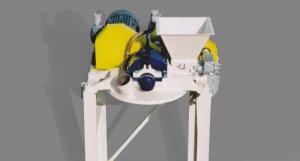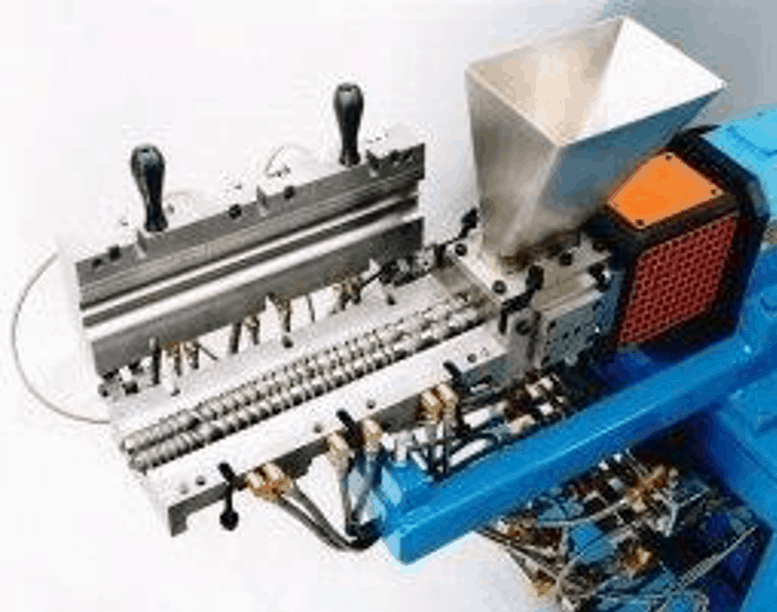The Hammer Mill and Pharmaceutical Production
Leave a CommentNo pharmaceutical processing facility is complete without the Hammer Mill. Versatile and requiring relatively small footprints, hammer mills are suitable for product development and production of coarse through ultra-fine powder production. Hammer Mills can also be equipped with integrated lifting columns to fit into almost any processing line.

Hammer Mills are excellent for reprocessing and recovering off-products, positioning materials for milling again, thereby reducing waste, increasing productivity, and lowering unit costs. More advanced mills utilize a dual-sided blade assembly, where one side serves as the hammer to impact dry materials while the other to knife through the wet ingredients. Some Hammer Mill rotor assemblies are reversible without disrupting the rotation of the mill. Hammer Mills can be employed to reclaim rejected tablets to powder form. Incorrect hardness, overweight/underweight, and poor appearance are among reasons that tablets are unacceptable products. But, despite rejection as a consumer product, the essential powders are typically recoverable.
Shock-resistant Turbo Mills find a place in the pharmaceutical industry when working with higher-toxicity APIs (which can heighten risks for dust explosion) and for +/- 10 bar shock resistance.
Want to learn more from Classifier Milling Systems? Give us a call or contact us!



